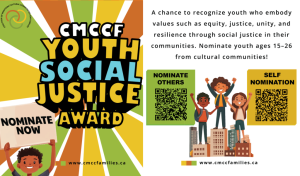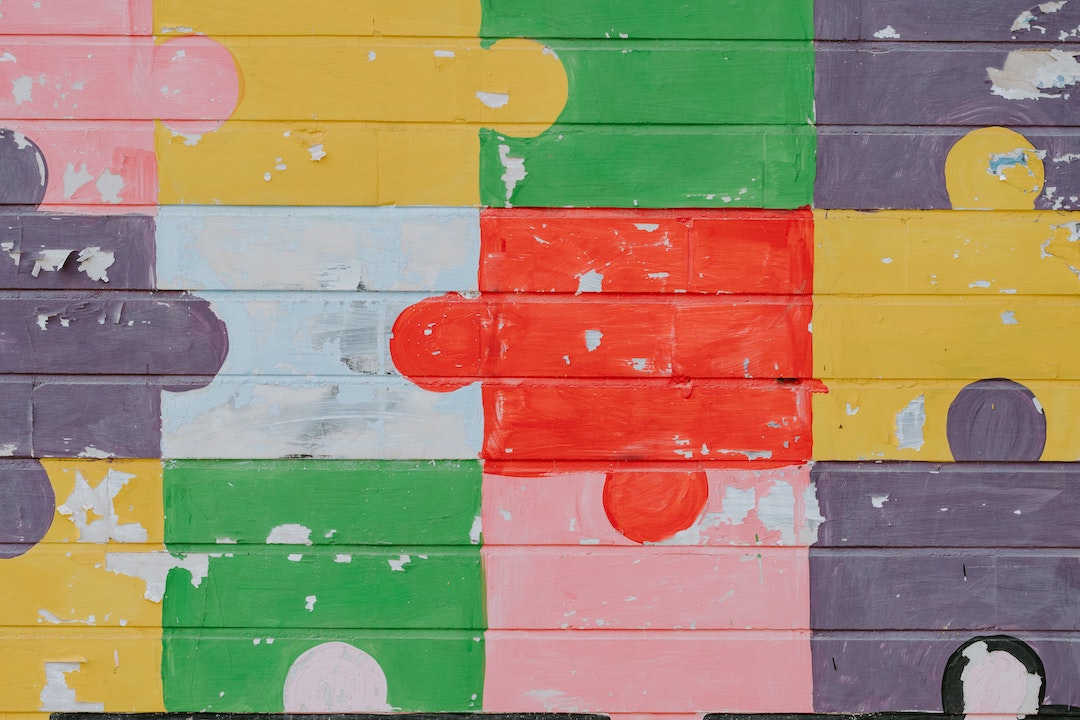
3 Communities that Overcame Divisions and Challenges through Shared Values and Open Dialogue
People from three different cultural communities found they shared many values and perspectives about their current environment and what their future might be when they participated in a community culture mapping initiative.
When Imran Rahman, Bereket Abebe Assefa and Perla Javate started to work with other members of their communities to map their assets, they faced divisions within the groups based on geography, language, faith or political differences. But, when people began to focus instead on shared values, they found they had plenty in common and were eager to work together towards their desired future.
Bereket Abebe Assefa and the Ethiopian Community
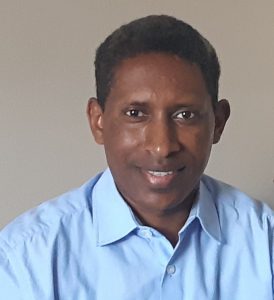
Ethiopian-born Assefa is an environmental engineer, who is active in his church and chairs the Winnipeg branch of Excel Family and Youth Society. He called the asset mapping process “an eye-opener. We didn’t even know about asset mapping itself. We are trying to find out what we have, what we need, what we’re missing. One of the values of asset mapping is being able to assess that information.”
For Assefa, the value of community mapping extends to relationship building as well as identifying assets: “If it weren’t for CMCCF, I wouldn’t know these other individuals who work with communities. Fantastic people, good people. We have started making jokes with each other. We have started building relationships. It adds to the connections and context we have. If I need help, if I want to ask questions, it’s helpful to talk with people who have their own experiences as well.”
The mapping work with his Ethiopian community also highlights the importance of language: “Unity is a word that people find somehow political, with respect to what’s going on back home. The alternative term we chose to use is cohesion — to be able to work together.”
By choosing their own terms, the community found a way to move past potential divisions and towards the creation of a shared future, using vocabulary that feels right to them.
“Participants were interested in [community asset mapping]. People were engaged. They did not want to leave.” -Bereket Abebe Assefa
Perla Javate and the Filipino Community
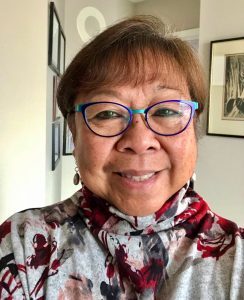
Perla Javate, born in the Philippines, was a community liaison officer for the Winnipeg School Division for 35 years, working with Filipino students, their families and the community. On the job, she dealt with the many differences between Filipino and Canadian cultures, interpreting between families, the community and the schools, to enable them to understand the differences in expectations and the educational systems.
For Javate and her community, one of the key goals of asset mapping is to be able to share accurate information with service providers: “A lot of (service provider) agencies operate with their own perception of who the communities are. What we’re doing now is defining our own community, to share it with them, so they will be guided by exactly what the community is, not just their perception.”
“Hopefully, when we get the service providers on board, the relationship that we have now will be much better, because we’re hoping the services will be much improved. There will be a greater understanding of who we are. Hopefully they’ll be more comfortable relating with the different communities,” she said.
Like Assefa, Javate found that the mapping work shone a light on shared values within her community, such as the importance of family and respect: “We put high value and importance on our families over and above anything else. We are known for our strong family ties and one sees that theme carried on by our people. You can see big families now because extended families were sponsored soon after the first member of the family settled here in Canada.”
These values have an important impact on the choices her community makes and, by extension, the relationship with service providers. Mental health issues, for example, are almost always handled within the family, using medical help as a last resort. Javate doesn’t expect service providers to adopt any of the Filipino traditions, but her hope is that they will strive to understand them in order to reach their audience and communicate effectively with them.
“[The CMCCF asset mapping initiative led to a] better understanding among us. We do have a lot of commonalities. Working together, we’re hoping we can make things much better.” -Perla Javate
Imran Rahman and the Muslim Community
Imran Rahman is a Winnipeg Muslim who was born in India and raised in Saudi Arabia. After completing his education in accounting and information technology in India, he came to Canada in 2001, when he was 23 years old, and has moved steadily up the career ladder at A-list employers, including a major bank, Manitoba Health, Investors Group and the University of Manitoba. During that time, he said he never experienced any discrimination against Muslims. But other members of his community, he discovered, had different experiences.
Rahman was surprised to hear the word “Islamophobia” being used in discussions during the community asset mapping engagement. “A person mentioned that [because of] the way she dressed, wearing a hijab, she did not get an opportunity, even though she had the qualifications for that position. The other [reference to Islamophobia] was related to some folks who had been working here for a long time but were never given the opportunity to pray in their workplace,” he said.
These two examples were echoed by others in the community group who felt they were not given an opportunity because of discrimination of some kind. Rahman believes this is something that needs to be talked about and addressed not just with Muslim or community leaders but with other leaders in the city.
“Once we know each other, the more we can help each other and the more at ease we are with each other. If you don’t know the broader community, you don’t know what to expect. That’s something CMCCF has done really well, to introduce people and communities to each other. I hope they keep that going,” Rahman said.
“Even though we are diverse, we are not different. We should be working towards common goals. CMCCF has definitely helped to bring these issues to the forefront.” -Imran Rahman
The Future of Community Mapping
Several recurrent themes have come up in all the community asset mapping work CMCCF has been involved in to date. Community well-being is seen as important for all communities, and a vital part of that well-being is mentoring the younger generation to take on the mantle of community leadership. Similarly, all communities want to work to help service providers better understand the values held by cultural communities.
“We’re all concerned about the youth leadership in our respective communities — to make sure the next generation also understands what’s needed in the community.” -Imran Rahman
Javate is eager to invite other cultural communities to join the Coalition and this work: “What we envision is others joining in and going through the same experience and sharing their communities.”
All communities are now looking forward to analyzing their collective data and organizing what they learned during the engagements in order to report back to the wider community and continue to move towards their future goals.
“This is important work we have to do. In the end we will be beneficiaries of the end result of the process. We’re hoping to be healthier communities and to have a community that is mindful and respectful of each other’s community values and hopefully coming up with common values moving forward.” -Perla Javate
These three cultural communities are completing the first stage of the CMCCF’s community asset mapping initiative, and the early results are positive for all involved. “It was very rewarding to see the three communities take on this initiative with such enthusiasm, commitment and perseverance. Feedback from those participating clearly indicated that they saw the far-reaching value in undertaking this process,” Feldgaier said.
The aim now is to build on this early work with these three communities as well as extend the mapping initiative to more cultural communities.
If you would like your community to be involved in the cultural community planning process, contact us at: hello@cmccfamilies.ca or explore the others way you can get involved here.

 Previous Post
Previous Post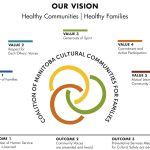 Next Post
Next Post
